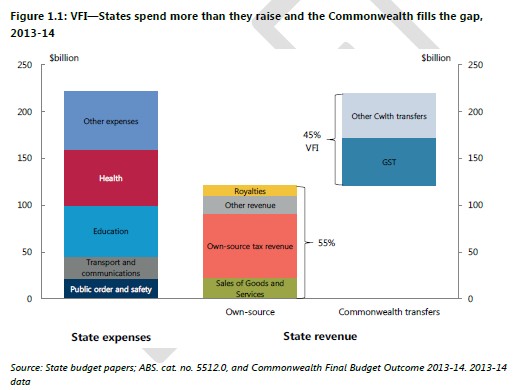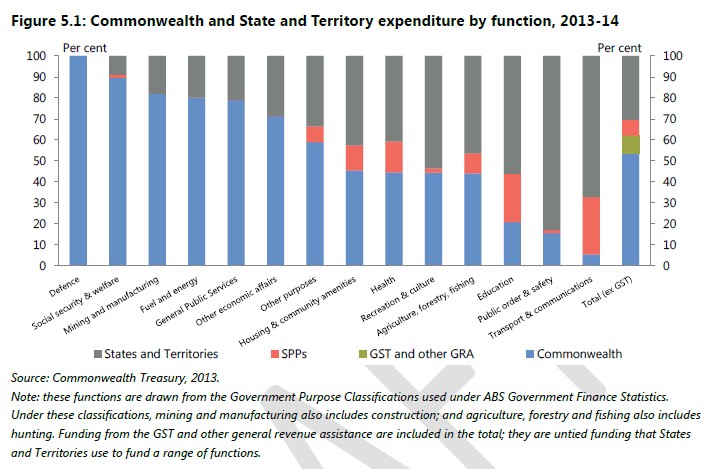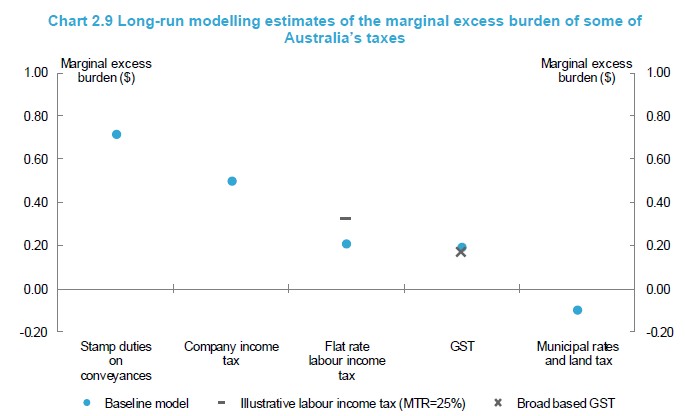In the 2014 Budget, the Coalition Government ripped some $80 billion of funding from the states’ budgets over the next 10 years: $50 billion out of grants for hospitals and $30 billion out of grants for schools.
With the Federal Election looming, and key social services like health and education likely to loom large in the electorate’s mind, Prime Minister Malcolm Turnbull is looking to neutralise the issue by offering a four-year hospital funding agreement to 2020 based on the original formula agreed under the Gillard Labor Government.
According to The Australian, the four-year funding deal would be tied to the states agreeing to receive a share of income tax beyond 2020 to fund health and education.
South Australian Premier, Jay Weatherill, has been a vocal opponent of the funding cuts. And while he supports the flagged $5 billion funding deal for hospitals and the states receiving a slice of income tax revenue, he has labelled it a “bandaid” for a $57 billion problem:
“Any contribution would be welcome because the size of the problem is enormous,” he said.
“It’s likely to be a bandaid on a much bigger wound”…
“I certainly proposed that states get a share of income tax, that gives us a rate of revenue growth which more approximates the sort of rate of growth we’re seeing in healthcare”…
“But we’re also going to have to be honest with ourselves about the fact we’re not collecting enough revenue in this nation.”
The core of the problem gets down to the Vertical Fiscal Imbalances (VFI) embedded in Australia’s federal system, whereby the states’ responsibilities are well in excess of their revenue bases.
Under this system, the Commonwealth raises 82% of total tax revenue, the states and territories 15%, and local government just 3%. Therefore, the states are left highly reliant on the Commonwealth for funding (see next chart).

At the same time as the states are being squeezed, they are primarily responsible for delivering public services, such as health and education (see next chart).

This has left the states in a precarious Budgetary position that will only get worse if Commonwealth funding is cut.
Viewed in this light, there is certainly merit in giving the states a slice of income tax revenue. Anything that could end the VFI and continual buck passing, cost-shifting, and blame game between the two levels of government should be thoroughly examined.
That said, there is also merit in the states raising more of their own revenue. They do, after all, have at their disposal one of the most efficient and equitable tax bases going around – land – which would actually create positive welfare gains to the domestic population since non-resident home owners are also taxed (see below Treasury chart).

With funding of essential services likely to remain an ongoing problem, the states should be acting pro-actively on their own tax bases as well as pressuring the Commonwealth for a better deal on hospitals and education funding.

